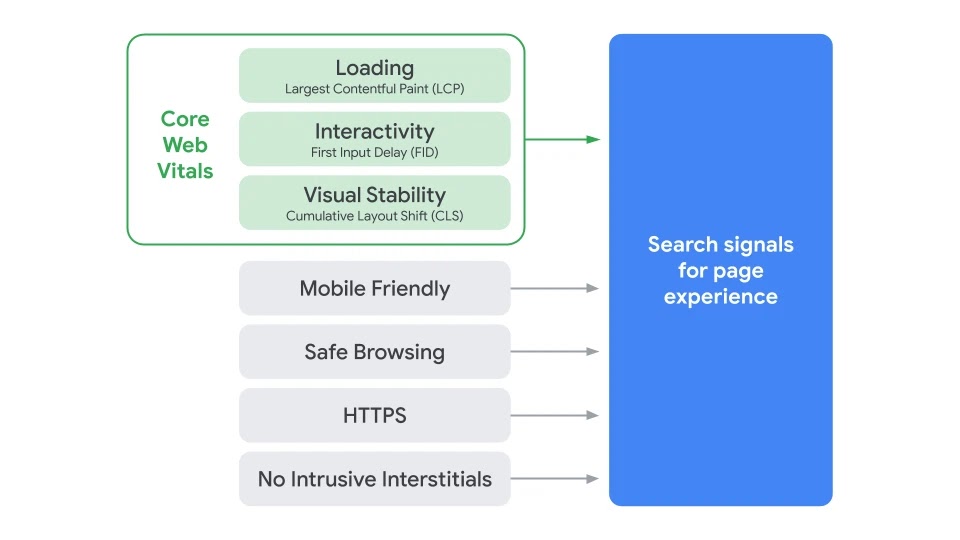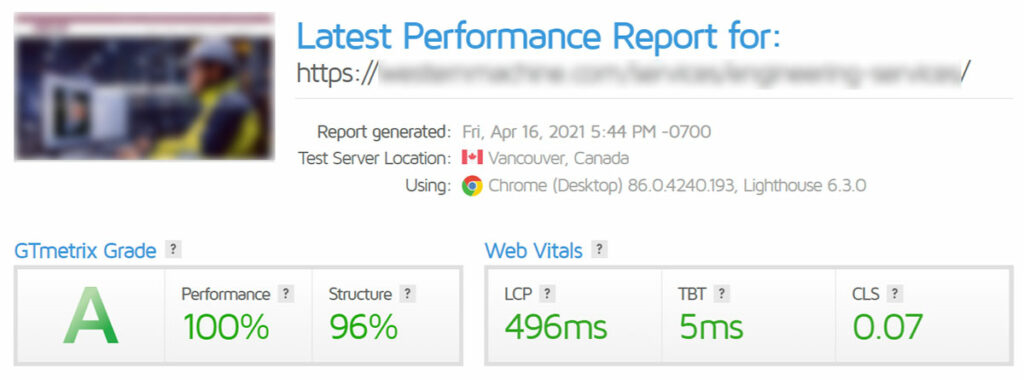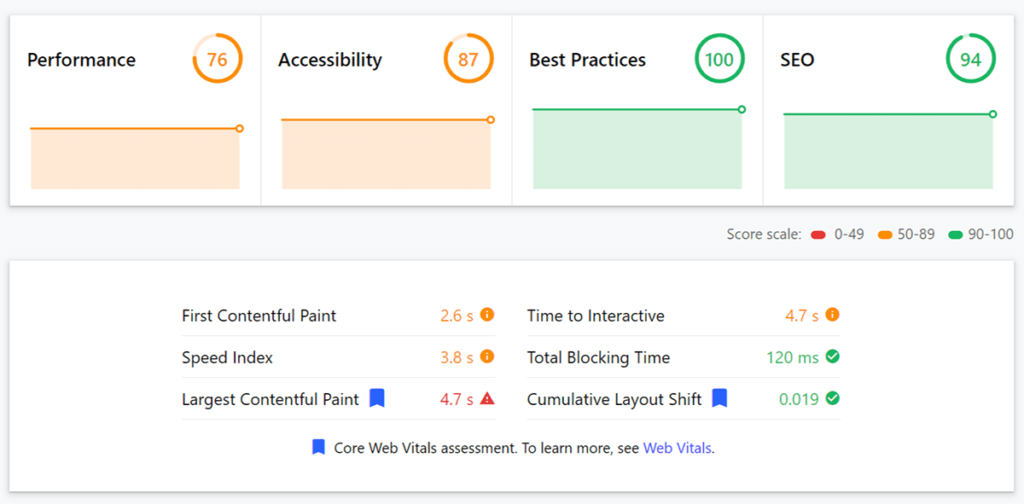
When creating their website, most companies pay a large amount of attention to website design and content. But it’s the things you can’t see, such as how pages are structured and how Google measures your website quality, that often have the most significant impact on your website’s effectiveness.
In last month’s Remain Relevant By Embracing Change article, I wrote about how the internet has changed how customers find and interact with you. Your website is the center of this.
Website and web page structure plays a significant role in how and if your website appears in Google search results. The Google Page Experience update coming in May makes page load performance and the user experience on the web page much more critical.
The Google Page Experience May Update
With this update, Google is putting more weight on the user experience on your website. While page load speed has been a ranking criterion for some time, Google breaks these down into three Core Web Vitals.

We don’t need to go deep into the details, but here’s a summary of the Core Web Vitals:
- Largest Contentful Paint measures the time it takes for the visitor to perceives the main content has loaded.
- First Input Delay measures how quickly the visitor can interact with a page.
- Cumulative Layout Shift measures visual stability, or how many elements move around as the page loads.
Have you ever been on a clickbait web page and had an ad suddenly appear under your cursor right when you were about to click the “Next” button? That is a layout shift.
Is Your Website Ready?
My two go-to tools for testing website performance is GTmetrix and Google’s web.dev tool. Enter your website address into the tools, and they will analyze the performance of your website. Both of these tools will give you some high-level scores. They also provide technical details and improvement tips suitable for a web developer to understand and implement.
GTmetrix
GTmetrix provides an easy-to-understand overall grade and some additional performance metrics.

web.dev
Google’s web.dev tool is not as generous as GTmetrix when it comes to performance. It can sometimes be brutal. It is not uncommon to see performance scores below 20. But a good performing website may see something like this:

How Important Is This To You?
How important this is to you depends on two things:
- Whether traffic from Google and Bing search and digital advertising is important
- Your competitors
If your new customers often find you searching on terms like “digital printing,” you need to pay attention to Google’s Page Experience update. It is essential for both organic search traffic as well as search engine advertising. Google Ads uses a page Quality Score metric to determine the cost for your pay-per-click ads, the location of the ads, and whether they show the ads at all.
It is not as crucial if you are a sales-driven company that doesn’t rely on traffic from Google. But you should still pay attention to your website visitor experience as all potential customers will visit your website.
Next Steps
Google’s page experience article and this Search Engine Watch blog post are two useful references if you want to learn more.
A web developer or technical SEO specialist can evaluate your website and may be able to make significant, even huge, performance improvements quickly. Or feel free to reach out to me.. I’m happy to help the Print Media Centr community and can discuss your situation and provide guidance.












